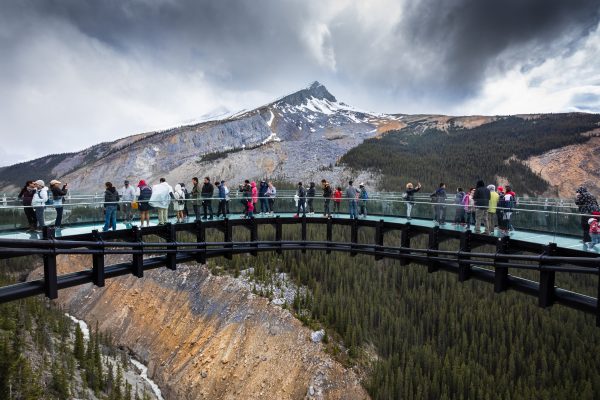Looking up into the night sky is absolutely beautiful.
You may be interested in learning more about constellations or just simply stargazing. It can be a great way to pass the time and gain some more knowledge.
Have you ever considered amateur astronomy as a way to learn more about the stars?
If so, consider checking out our list of the top 7 tips for an amateur astronomer to think about when getting started.
1. Choose a Good Location
If you live in a big city, it may be difficult or impossible to find a good spot for stargazing. Light pollution is a real thing.
However, you can still learn to use astronomy supplies in a way that work when you get up higher. If you live near buildings, you want to go as high and as far away from them as possible to avoid the excess lights.
Get away from streetlights if possible because they will make it difficult for you to see clearly in the dark for a long while.
2. Get the Right Type of Telescope (When Ready)
Having a good telescope is essential if you want to be able to see stars and figure out how to stargaze.
The truth of the matter is that telescopes can become quite expensive and this is especially true if you are getting one that is for a more advanced level of astronomy.
You would want to get as large of a lens as you are comfortable with for your telescope as well because as a beginner, you want to be able to see as much as possible. Larger lenses give you more opportunity to get great photos and see more in general.
Don’t buy a telescope too early, especially if you don’t know how to work it. You may want to start off with binoculars until you are used to how the stars look.
If you would like to learn about telescopes, check out the linked website to see what you need to be looking for when you shop.
3. Look at the Right Time
The sky is always the best when it is cold and crisp with no clouds in the sky. This is because there is less humidity and more visibility, but it can be quite uncomfortable to be in the cold for a long period of time.
If that doesn’t sound like something you want to do, you want to be sure that you are trying to stargaze only when the moon is not full. If the moon is full, it emits too much light and makes it hard to see the other things in the sky.
4. Consider Using a Star Chart
Although star charts have been around for years, they can be quite helpful in getting someone to be able to learn about the sky. Using those resources is a great way to build up some more skill and knowledge in this activity.
When you know more about what you are looking at, it makes a lot more sense.
Star charts available online for download and printing. You also can find some apps and other technological tools that may help you with starting out in astronomy.
5. Stargaze with Other People
You always have more fun when you do these types of activities with others that love it as much as you do.
A great way to meet other astronomers that are just getting started is by searching out any local clubs that may be formed near you.
Having people around you that care about something you care about can give you more passion, but they are also able to provide the guidance you wouldn’t be able to find anywhere else.
They also will probably be able to provide you with more resources, more tools, and more insight. This can help you grow as a person and as an amateur astronomer!
6. Learn and Know the Difference Between Planets and Stars
To a lot of people, it is hard to tell what is a star and what is a planet because they don’t take the time to really look.
Typically, if it sparkles and is bright, it is most likely a star. If it stays still and is duller, it is most likely a planet. If the object is bright and everything around it is not, it is probably a planet.
These are some of the more simple things to remember, but there are other ways to tell the difference, as well. Learning how to do so early on will make it easier to learn what you want to learn.
7. Notice the Patterns in the Stars
A lot of stargazers are able to learn constellations much easier when they start to look at patterns rather than individual stars.
For some of us, it is easier to specifically look at one star rather than the surrounding stars. For others, it is easier to see the entire outline of something rather than specific stars.
Whichever category you fall under, being able to do both is important for someone that wants to learn stargazing and astronomy.
Amateur Astronomy: Getting Started
Now that you know how to get going as a beginner, you likely are ready to start looking into amateur astronomy more closely!
It is easy for you to get involved. You simply have to look up at the stars and start learning what you can. There are stargazing tools and stargazing equipment items that you can buy to help you as you start to figure out what you need.
If you want to find out more about this type of hobby, or any other hobby that may interest you, feel free to check out our page to get some inspiration.





